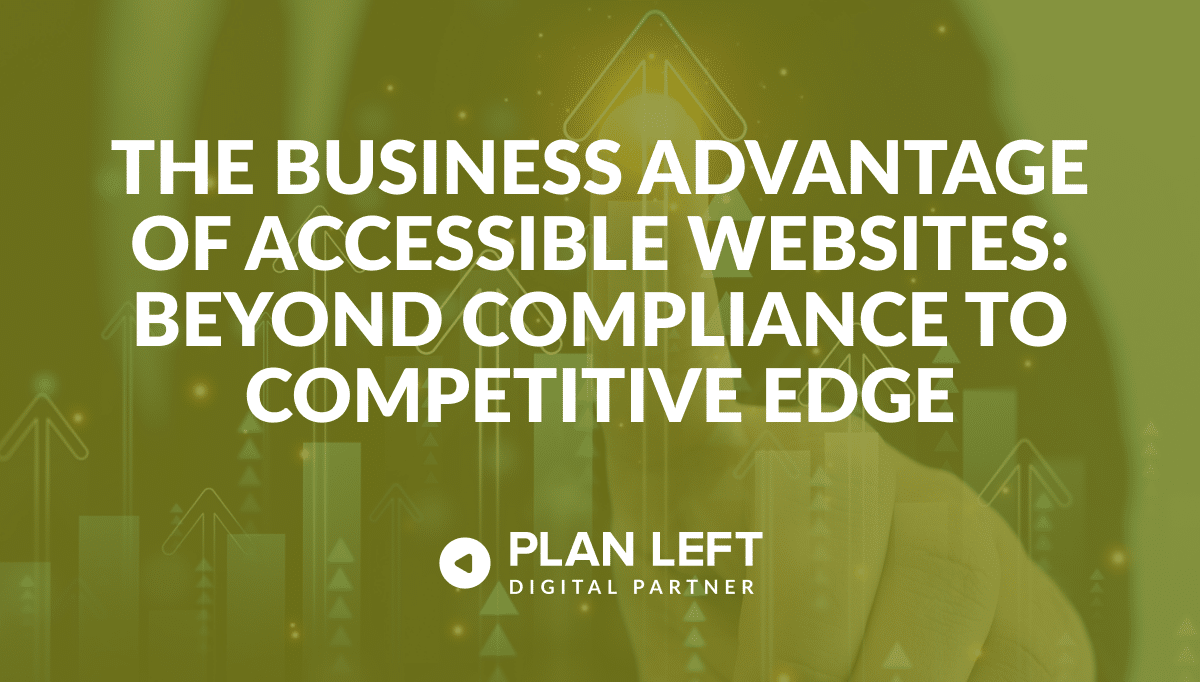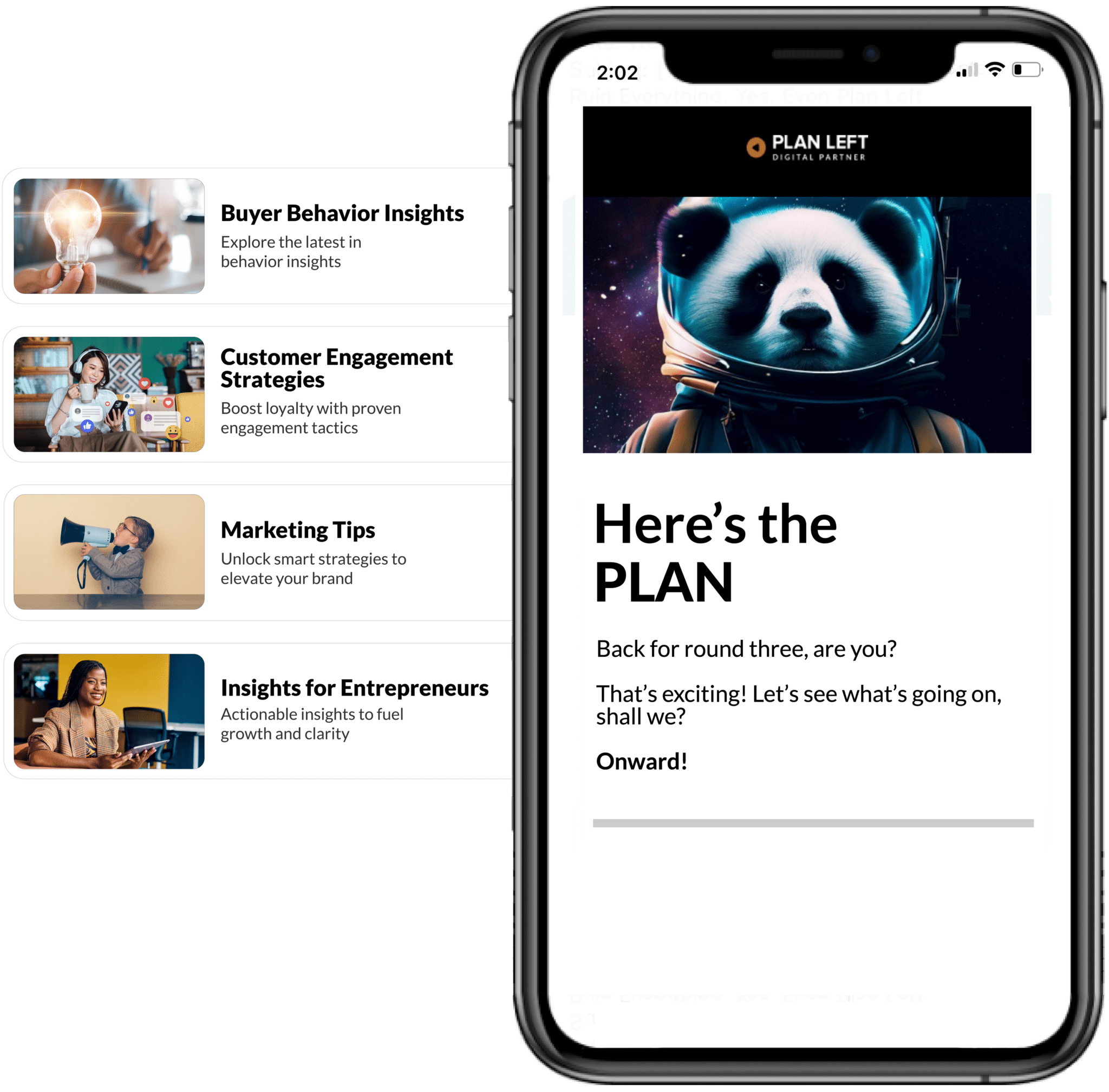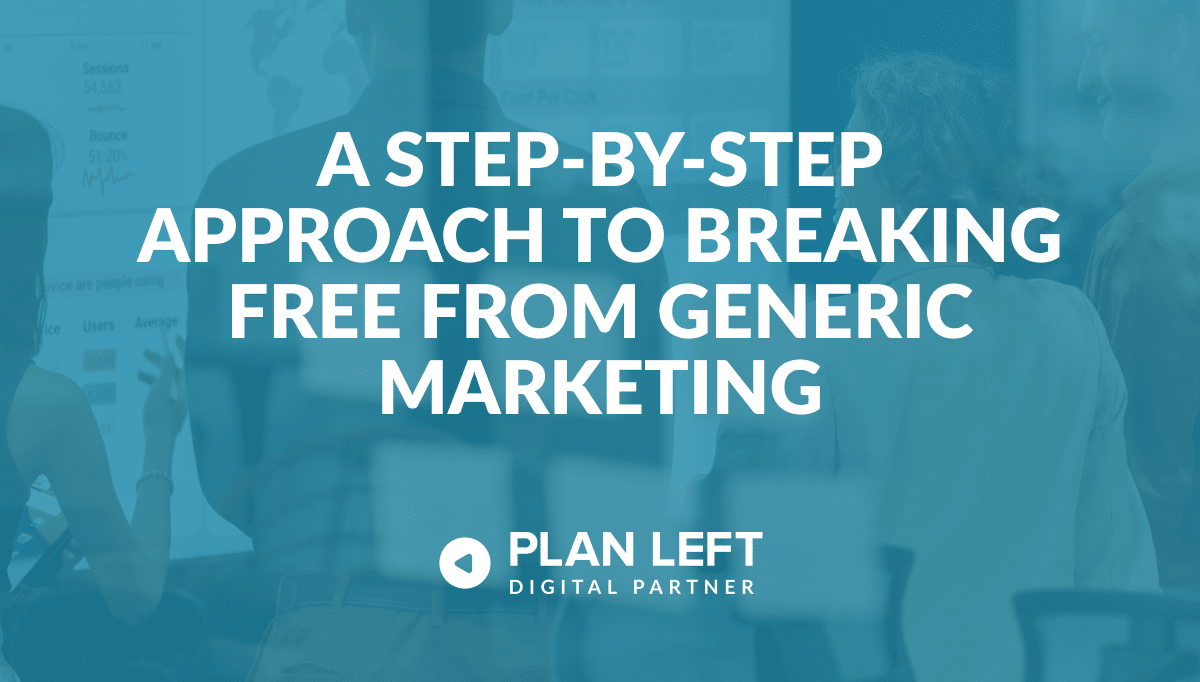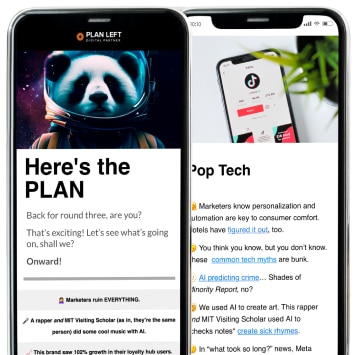
Smart business leaders are discovering that web accessibility delivers far more than legal protection—it unlocks untapped revenue streams, drives innovation, and creates lasting competitive advantages that transform how companies connect with their customers.
Reframing Accessibility: From Obligation to Opportunity
The conversation around web accessibility has been dominated by compliance rhetoric for too long. Forward-thinking organizations are shifting their perspective from viewing accessibility as a checkbox exercise to embracing it as a strategic business catalyst.
Challenging Misconceptions
Many companies still operate under outdated assumptions that accessibility is expensive or only benefits a small user segment. In reality, inclusive design creates substantial opportunities that enhance user experience for everyone while opening new markets and revenue channels.
Quantifiable Business Benefits of Accessibility
Web accessibility benefits manifest in measurable ways that directly impact your bottom line. The strategic value extends far beyond accommodating users with disabilities.
Market and Performance Advantages
Organizations gain significant benefits through accessible design:
- Expanded market reach to over 1.3 billion people with disabilities
- Improved SEO performance through clean, semantic code
- Enhanced brand reputation among socially conscious consumers
- Reduced legal risks and potential litigation expenses
- Increased customer loyalty and trust
Technical Innovation Through Accessible Design
Accessibility requirements often push development teams toward more elegant, innovative solutions. Universal design principles force designers and developers to think creatively about user interactions, leading to breakthrough innovations that benefit all users.
The Creativity of Constraints
When teams must ensure content works across different assistive technologies, they develop more robust, flexible solutions. This process reveals inefficiencies and inspires streamlined designs that improve overall performance and usability.
Economic Impact of Digital Inclusion
The purchasing power of users with disabilities represents a massive economic opportunity. In the United States alone, people with disabilities control over $490 billion in annual disposable income.
Market Realities
Research shows that 71% of users with disabilities will leave a website that’s difficult to use, taking their purchasing power elsewhere. Companies that create accessible experiences capture this market share while competitors lose it through exclusionary design.
Implementing an Accessibility-Driven Strategy
A holistic approach integrates accessibility considerations into every aspect of digital strategy. This means involving accessibility expertise from the earliest planning stages through ongoing maintenance and updates.
Key Implementation Strategies
Successful organizations connect inclusive design to broader business objectives by:
- Establishing baseline accessibility metrics
- Tracking improvements over time
- Aligning accessibility with revenue targets
- Conducting regular accessibility audits
- Fostering ongoing education and cultural change
Accessibility as a Competitive Differentiator
The future of digital experiences belongs to organizations that prioritize inclusion from the ground up. As awareness grows and legal requirements expand, companies with established inclusive design practices will maintain significant advantages.
Strategic Positioning
While competitors can copy features or match prices, building genuine accessibility expertise requires sustained commitment. Organizations that invest early establish market leadership that compounds over time.
Business leaders who recognize accessibility as a strategic opportunity rather than a compliance burden are positioning their organizations for sustained success. The choice is clear: view accessibility as an innovation driver and market differentiator that shapes the future of digital inclusion.
Explore Latest Posts
The Entrepreneur's Guide to Creating a High-Ticket Flagship Offer Most businesses are built on a foundation of scattered services, multiple ... read more
December 16, 2025
Breaking Free from Marketing Silos: Why Community Matters for Business Growth Every entrepreneur knows the weight of making decisions alone. ... read more
December 11, 2025
A Step-By-Step Approach to Breaking Free from Generic Marketing Enterprise marketing leaders face the challenge of standing out among countless ... read more
December 9, 2025
Essential Strategies for Entrepreneurs
Get Actionable Business Insights & Marketing Tips
Our newsletter delivers real-world strategies from entrepreneurs who’ve been exactly where you are.
Sign up now for:
- Actionable growth strategies that work
- Insider tactics for attracting top talent
- Real-world case studies from successful founders
- Emerging tech trends that drive innovation
- Pragmatic marketing approaches for visionary leaders




